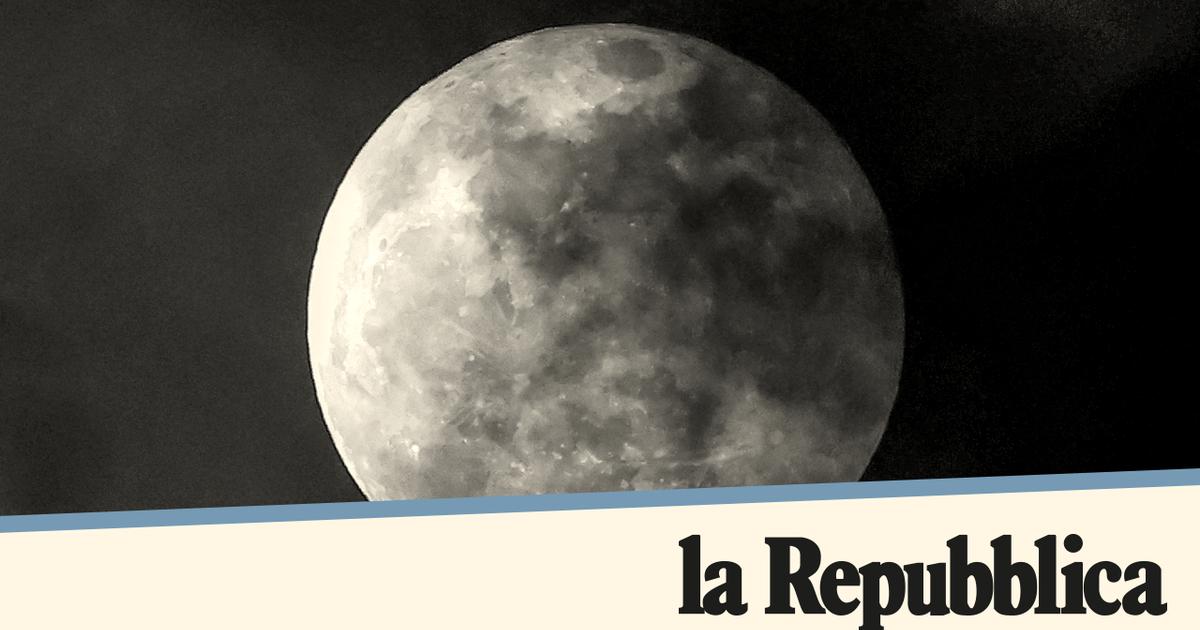The White House asked the space agency to establish a specific time zone for the satellite in view of the lunar missions planned in the years to come. The goal is to define a lunar time zone by December 2026.
The difference in gravity (the Moon has a mass equivalent to 27% of Earth's), time passes slightly faster there than on our planet. This difference, although minimal (equivalent to 1 second every 50 years), could, however, complicate the synchronization of spaceships and future... spaceships. The Moon is ahead by 58.7 microseconds per day, according to the White House memorandum dated Tuesday, April 2. It charged NASA with "establishing a time frame on and around celestial bodies other than Earth. " The memorandum was signed by the director of the Office of Science and Technology Policy, Arati Prabhakar, and was sent to NASA's headquarters in Washington, D.C., on April 2, 2013. It was also signed by the director of science and technology policy, John Grunsfeld, as well as the secretary of state for science, John Kerry.

